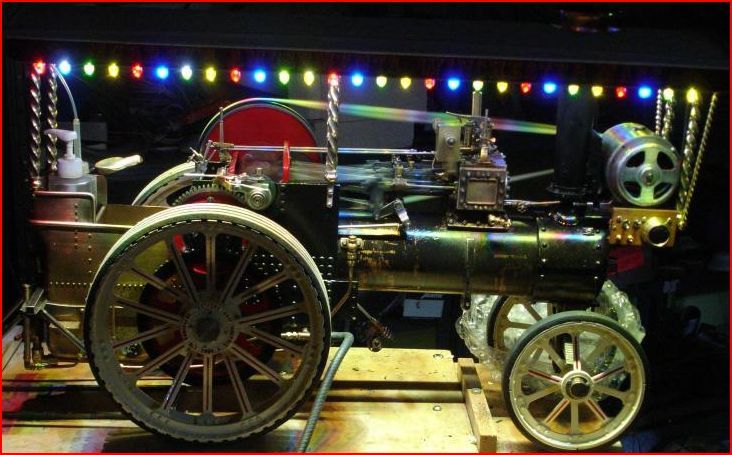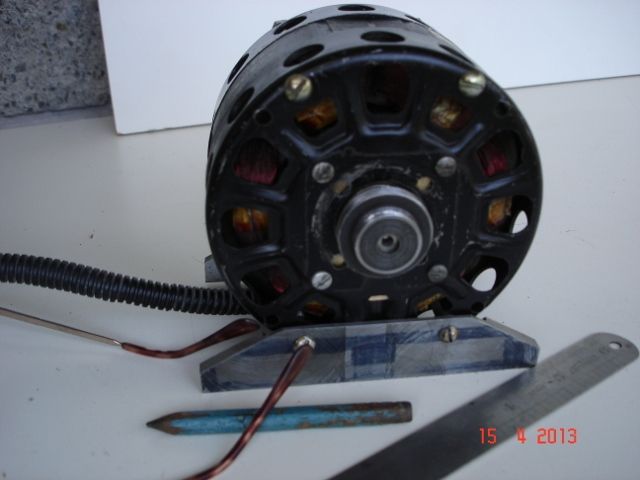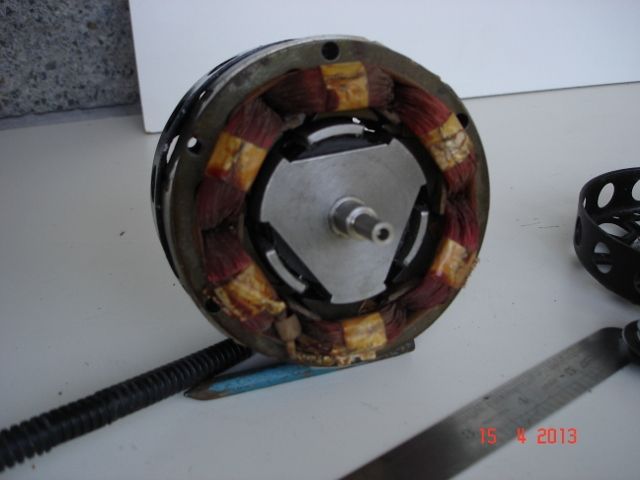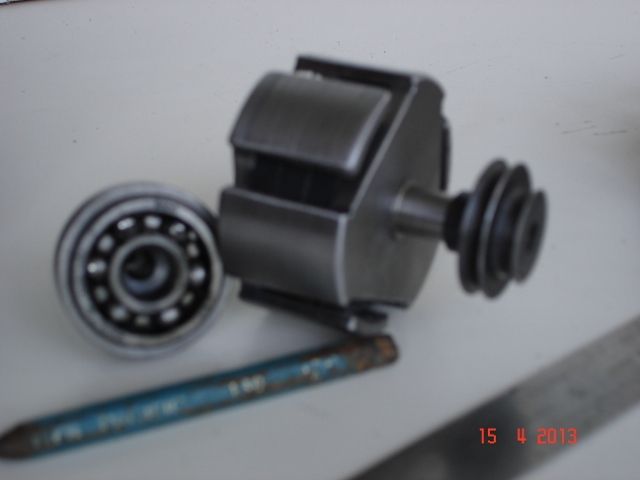Scrumpy, I presume you have a lathe available? You can try these motors out in the lathe, eg grip the shaft in the chuck and lash up something like a piece of wood to attach to the mounting plate to stop it rotating. Then you can try rotating it at various speeds to see what voltage you get. Hopefully you would know at least approximately what the speeds on a lathe are. You would need some sort of AC voltmeter. I suspect that they are going to need to go a bit faster than the 250 rpm you mention, but then if they are driven by a belt from the flywheel they can be geared up by quite a bit by using a small pulley at the alternator end. I have some small motors like this lying around, so I will take one out and have a play in the lathe
The kV rating gives a guide to the rpm the motor will do at a given voltage, when driven by the usual ESC. It probably will give a rough approximation to the speed it needs to be driven at to generate a given voltage. A higher kV figure will mean that it generates a given voltage at a lower speed. (These are not kV as in kilovolts, they are rpm per volt.)
The three phase rectifier is not a problem. it just means that there are six diodes instead of four. A simple way is to take two of the bridge rectifier units that are sold, and connect the two plus sides together, and the two minus sides also connect together. Then each motor lead goes to one of the AC in connections on one of the bridges Since there are four AC in connections, one of them goes unused.
Perhaps Andrew can suggest a source for a suitable regulator and tell you how to wire it up. If you do need a heatsink at all, I would suggest the bottom of the water tank would be the coolest place on a traction engine, and out of sight too.
Neil, the DC motor idea is fine, except they too tend to need regulation. Also brushes can be a bit of a pain, and they are often not very good on readily available small DC motors.
John
Scrumpy.



 and (2) being able to see the windings and armature through the cage is a big bit of the 'look' of those old dynamos. Efficiency isn't much of an issue if you use LED lights.
and (2) being able to see the windings and armature through the cage is a big bit of the 'look' of those old dynamos. Efficiency isn't much of an issue if you use LED lights.




